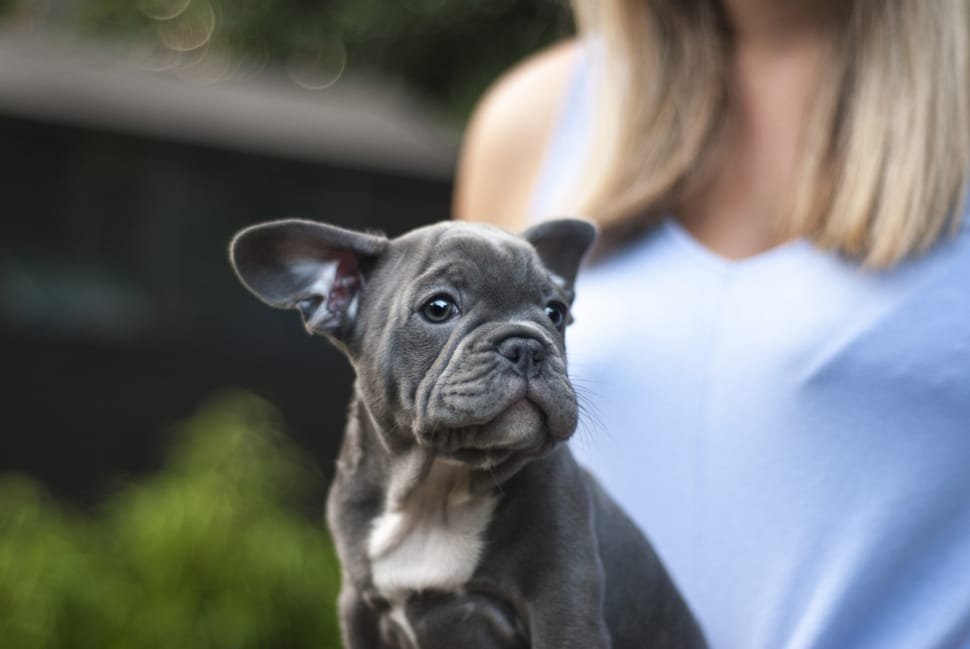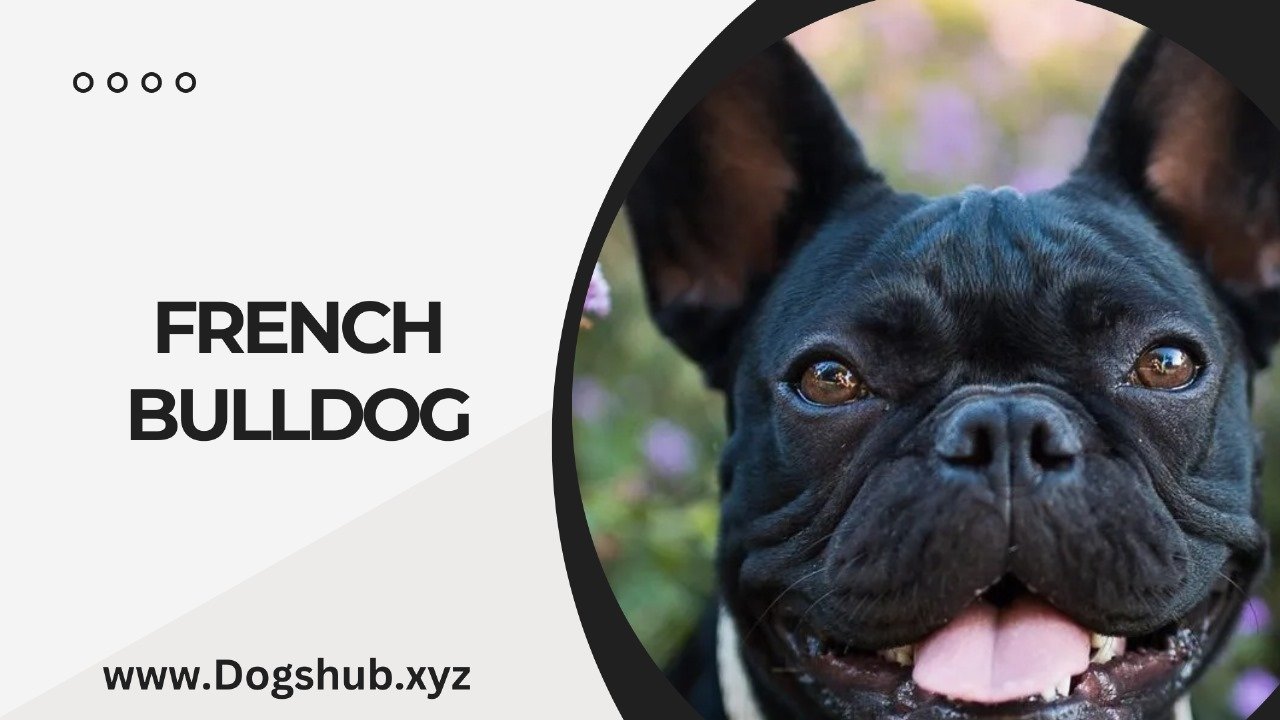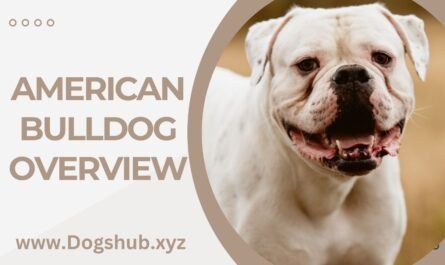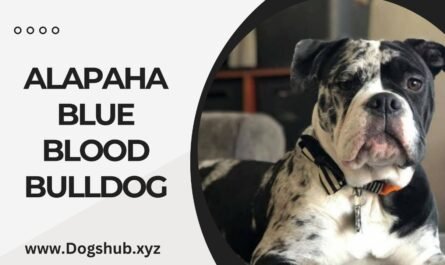It is the French Bulldog is the perfect model of a canine with a large personality. They are lively as well as active and lively. Similar to any breed, they are great playmates for children due to their tiny size and enthusiasm. But the need for careful monitoring is essential.
French Bulldog Characteristics and Temperament
French Bulldogs can be found in families with children or not since they can be part of families very quickly. Bulldogs are friendly and quirky dogs who don’t typically have a barking problem. French Bulldogs may be able to coexist with other pets and cats, if properly introduced and receive the proper interaction. It is important to plan ample time in your home as French Bulldogs are known to have a tendency to suffer from fear of separation, like humans to be with.
French Bulldog Training & Exercise

Due to their small muzzles French Bulldogs often suffer from breathing problems. It is perfect to let them be the first to lead in exercise.
Given their individual nature the need for recall training is crucial in order to assure their safety in the wild. They can also be slightly impulsive and makes training a challenge. Food can serve as a incentive in the beginning However, avoid making food as a routine portion of your food in order to reduce the risk of weight gain. French Bulldogs naturally are interested and love playing in the garden or even some secure outdoor space. It is important to plan time for walks and playing throughout the day, to keep them entertained and interested.
French Bulldogs are considered to be brachycephalic that means that they get tired much more easily. If your pet seems to be exhausted or snoring, ensure that they’re getting breaks. Apart from many hours of entertainment and stimulation for the mind. French Bulldogs require up to one hour of physical activity per day. Because French Bulldogs’ shorter muzzles can lead them to heat exhaustion so it’s perfect to keep your dog active at the beginning of the day and at night, in cooler weather.
French Bulldog Upkeep
Even though French Bulldogs aren’t shedding more than other breeds. Hair could remain in your home, particularly when summer is approaching. In this case it is important to be prepared to do some hand-washing and grooming routines.
A weekly brushing session will benefit to keep on top of any shedding or molting. The French Bulldog can occasionally take showers in the water however, make sure you thoroughly dry every skinfold and to keep shampoo out of the eyes that are sensitive and vulnerable. Clean their ears regularly to benefit keep infections at bay.
The folds of the skin that surround the noses that are characteristic of French Bulldogs are often excessive and require to be cleaned dry, cleaned, and clear of any infections every day.
French Bulldog Diet
Since French Bulldogs aren’t able to take many exercise. It’s crucial to monitor their portions sizes in order to avoid excessive eating.
Common Health Problems in French Bulldogs

In comparison to other breeds of dogs, French Bulldogs are more at risk of a variety of ailments. In order to benefit you better understand certain health issues that we see more often among French Bulldogs than in other breeds of dogs. We’ve provided a selection of the latest information on claims. A puppy purchased from a trusted French Bulldog breeder can benefit to improve your chances to have a healthy and healthy pet. Provide your dog with a high-quality diet that is appropriate for your breed at least every two to three times per every day. Keep plenty of clean water available particularly on hot days in which they may quickly get hyper.
The maintenance of an appropriate weight is especially essential to lower the risk of back, neck or hip pains, all of that are typical of this breed.
1. Anomalies of the respiratory system
Due to their flat face, French Bulldogs are more likely to suffer from BOAS called brachycephalic airway obstruction syndrome. The root of this condition is a small face which compresses tissues inside the throat. As well as the rear of the nose. The dog is unable to pant and cooling down as a result of their slack faces. This could lead to excessive heat in the heat and cause other issues with health. If you keep your dog indoors during hot weather, working the dog in a controlled manner, and using the harness, not an collar – which puts more pressure on their airways–you could benefit alleviate your dog’s discomfort.
2. The back, the spine and neck issues
French Bulldogs have a higher likelihood than other breeds to suffer back and neck. This could be due to the manner in which they were bred to have characteristics such as shorter back legs as well as curly tails. We encounter a range of ailments, ranging including back pain, to discs that are slipping, commonly referred to as invertebral disc diseases (IVDD) and can be caused by weak discs, which are susceptible to rupture, shifting (or “slipping”), as well as pressing against the spinal cord. The cause of the problem and area of the problem treatments may consist of treatment, rest, or sometimes surgeries to extend the lifespan of the dog.
3. The skin
The skin is the biggest organ of the body of a dog and may be impacted by a range of ailments. The most common issue that we observe among French Bulldogs is skin allergies and can result in skin dermatitis (skin irritation). The cause of allergies can be caused from a range of factors including pollen, dust mites food items, detergents, and even flea bites. Although allergies aren’t cureable but treatment is sometimes required throughout the life of the dog but it’s usually sufficient in order to let him live an enjoyable, normal existence.
4. Corneal ulcers
French Bulldogs were breed to have a face that is flat. That causes their eyes to appear to be a bit larger on their faces. That means that, when compared with other breeds the eyes of French Bulldogs are exposed, and could be more susceptible to infections. Corneal injuries can be caused by injury to the eyes, and if they are not treated for too long. The condition will become worse. One of the most common health issues for French bulldogs can be “cherry eye,”” an illness in which the tissue of the eye protrudes out from the socket. An appointment with a veterinarian is essential, and could affect both or one of the eyes.
5. Ear disorders
While the distinctive “bat ears” of the French Bulldog add much to the appeal of these dogs. They could also cause a variety of health issues. Even after a strict cleansing regimen, bacteria and dirt are still able to infiltrate the ear canal via a wide opening and cause infections. If you spot any bleeding, redness or an ear scratch, you should contact your veterinarian immediately. Based on the severity of the condition is, your veterinarian may choose to put your pet under supervision or give you prescriptions for medications. Surgery may be required for severe cases or repeated ones.
History
Bulldogs were raised in the UK to serve other purposes that the traditional blood sport such as bull-baiting. Bull-baiting was banned in 1835 beginning in the first quarter of the nineteenth century. Around the middle of the century Bulldogs had shrunk down into tiny proportions, usually weighting between 7 to 11 kg (15 to 24 pounds) although they were not all that small.
Then it was also the time that during the same time. Industrial Revolution began to displace Nottingham workers in lace, and they began to move to Normandy, France. They carried a variety of mixed breed dogs that included toy Bulldogs. Due to their rising popularity across France breeders in England started to import tiny Bulldogs that they considered to be small, or had defects such as the ears that were raised. The breed was not as numerous Toy Bulldogs that were left in England due to their fame throughout France.
In time, the small Bulldog breed became popular and earned the name Bouledogue Francais. A different form of contraction for the words boule (meaning “ball”) as well as”dogue” (meaning “mastiff”) refers to this a francization version of an English name. They were fashionable and sought-after by Parisian society girls and prostitutes and creative people including fashion designers, writers and artists. The works by Edgar Degas and Henri de Toulouse-Lautrec are thought to represent French Bulldogs. However, the evolution of this breed wasn’t documented until it grew away than its Bulldog roots. To create traits such as the breed’s big with straight ears, Terriers were included when it developed.
Lifespan
A French Bulldog had the lowest longevity at birth of any breed research that investigated the deaths of 30563 dogs of different breeds within the United Kingdom between 2016 and 2020. It was found that the median lifespan of the entire breed is 11.23 years. Based on the research, there is an association between the lower longevity for French Bulldogs and the growing numbers of French Bulldogs in the UK (2,771 of them registered as KC members in 2011, vs. 39,266 people by 2020) this could alter this data, causing that the population in general appears quite young. Based on an Japanese study with information from pet graveyards, French Bulldogs often live for 10.2 years old, which is the shortest of any breed included in the study.
Brachycephaly
Brachycephaly is the name employed to refer to the smaller nose of French Bulldogs and face that is pushed in. Breathing is impeded because of the upper airway tract deviations due to the condition known as brachycephaly. Stroke, emesis and skin fold dermatitis, brachycephalic obstruction, exophthalmos the pharyngeal gag reflex and laryngeal collapsing, and cyanosis are some of the signs and symptoms associated with the condition known as brachycephaly. Brachycephaly can also rise the chance of having difficulties with anesthesia, as well as increases the chance of hyperthermia. This can be caused by being unable to energetically reduce the body temperature through the body’s panting. A number of commercial airlines have banned French Bulldogs. Because of the numerous accidents that have taken place on the ground.
An explanation
A French Bulldog, adequate to the American Kennel Club standard, is supposed to have a soft loose coat that creates wrinkles, and should be strong.
The maximum weight permitted by the AKC Standard for a French bulldog is 28 pounds (13 kilograms). The French bulldog must be square, broad and have a wide head, and ears that resemble bat ears. This breed of French bulldogs is characterized by a flat, round face. AKC Standard is approved French bulldog eyes look dark and almost black. French bulldogs that have blue eyes aren’t endorsed from the AKC. The French bulldog needs to be short-haired and smooth and silky. The different shades of brindle and fawn white, or cream and brindle patches (referred in the breed’s terminology as “pied”) constitute considered acceptable colours in the standard of breed. Fawn colors are anything from light red to. The most popular hues are the brindle and the fawns, and pied is more rare than other hues. Breed clubs don’t acknowledge the other color or pattern.




